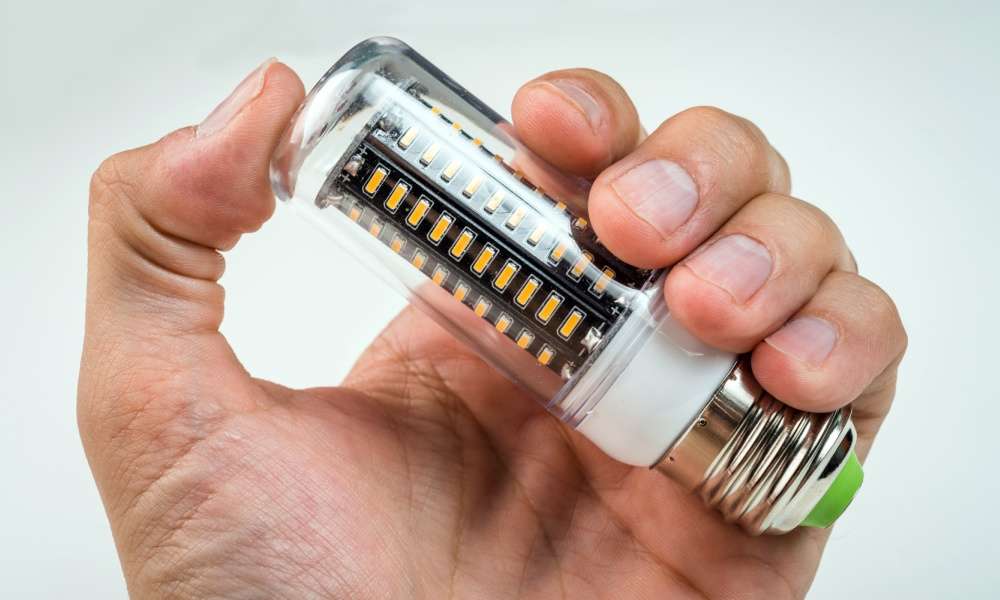Bug zappers can get rid of flying pests in the house effectively, and you will witness fast results too. Because they use electricity, the insects that come into contact with the device’s electrically charged grid get shocked within seconds, then eliminated. But they do need proper maintenance every now and then.
Even the most powerful bug zapper needs maintenance and a good cleanup. In order for the device to work efficiently and to avoid unnecessary expenses on replacements and repairs, you have to see to it that you provide it with the care it needs. Here are some easy steps.
Know when to give the device a good cleaning
This is crucial because the most powerful bug zapper can wipe out plenty of pests if they are doing their job effectively. Once the device gets clogged, this can weaken the state of the device and reduce its efficiency. It is recommended that you clean the whole unit before it breaks down.
Inspect the device once in a while. For cleaning, you will need the following materials:
- Bristle brush
- Garbage bag
- A pair of gloves
- Gas duster/canned air/compressed air
- Vacuum cleaner
Cleaning the unit
Make sure that the unit is unplugged before cleaning it. Brush away all the lingering dirt and debris from the cage by means of a soft-bristle brush. Put the dirt into the garbage bag to keep it from dropping all over the floor. Do not rush into this procedure, and make sure that you get the cage and its bottom cleaned up.
As soon as the dirt and grime have been dealt with, use the vacuum cleaner on the unit’s grid. You can also use a gas duster/canned air/compressed air on the grid instead of the vacuum cleaner. The burst of high-powered air will drive away the dirt clinging there.
Other tips
There are some things that you have to remember before cleaning the device. The device should not be cleaned with soap and water since these devices are not waterproof, and they can harm the unit.
In addition, to keep things clean and organized, you should clean the unit outside your house. Bugs are disease carriers, so if you do not get rid of them, they can pose as a threat to your family’s safety.
Troubleshooting
Inspect the circuit breaker or fuse of the device if the lights do not work as expected. The location of the fuse on bug zappers can differ in terms of brand and model, so peruse the manual of the device first. If the fuse is damaged, replace it immediately.
If there are sparks between the bars of the grid, inspect them. Unplug the device from its outlet, then fine-tune the grids. You can adjust the grids by winding them back into their correct alignment using an insulated screwdriver. Again, refer to the manual of the model.
If the bulb was lit up and the grid did not show any signs of voltage, examine that part closely. If you notice accumulating dirt around the grid, make sure to clean it immediately.
Several models of bug zappers include self-cleaning grids, so for maintenance, you can make do with compressed air or a soft-bristle brush. Steer clear of cleaning the unit with soap, water, or any kind of liquid cleaner.
Change the bulbs if they light up but cannot lure in bugs. The black light output that usually lures bugs might have weakened due to age. Change bulbs by switching off the unit and taking away the bulb retainer to get rid of the old light bulb. Insert a replacement bulb and change the bulb retainer.
Refer to the manual if you are uncertain how to change bulbs.

